Photographs: Mukesh Gupta/Reuters Business Standard
Over 1,400 non-oil and non-financial companies have now declared their results, and while the fall in commodity and crude oil prices has helped, India Inc is clearly still struggling.
The early results announced for the quarter ended March 2013 were encouraging, but they seem to have flattered only to deceive.
Over 1,400 non-oil and non-financial companies have now declared their results, and while the fall in commodity and crude oil prices has helped, India Inc is clearly still struggling.
Savings from lower input prices have more than been nullified by a demand slowdown and wage-push inflation.
Thus corporate profitability in the quarter ended March 31, 2013 reached its lowest level in six quarters.
. . .
Bad times WORSEN for India Inc
Image: A labourer works inside an iron factory.Photographs: Mukesh Gupta/Reuters
Core operating profit for the sample fell to 15 per cent.
That's lower by 85 basis points year-on-year and 47 bps sequentially.
What's surprising is that the hit on margins came despite a 2.4 per cent year-on-year decline in their raw material cost.
Every rupee of net sales consumed 32.4 paise worth of raw material in the March 2013 quarter, against 35 paise in the year-ago period.
The gains were clearly not enough, given the much bigger problem of falling capacity utilisation and rising overheads and debt servicing cost.
This is clearly visible in revenue growth. At 4.9 per cent, it grew at its slowest pace in three years.
. . .
Bad times WORSEN for India Inc
Image: A worker stands next to a room heater manufacturing unit inside a factory.Photographs: Danish Ismail/Reuters
Adjusted for consumer inflation, this indicates contraction in volumes and rising redundancies in the system.
During the same quarter last year, the same sample of companies had reported 14.7 per cent growth in their net sales, indicating the extent of demand destruction in the last four quarters.
Meanwhile, the average salary bill has increased 11.7 per cent year-on-year, despite the fact that lower production should have meant fewer temporary and contract workers.
The results also outline India Inc's balance sheet woes and the cascading effect on its profitability and financial flexibility.
. . .
Bad times WORSEN for India Inc
Image: Customers shop at a superstore inside a mall in Allahabad.Photographs: Jitendra Prakash/Reuters
The ratio of operating profit to interest payments continues to remain under pressure.
Technically called the interest-coverage ratio, it declined to 4.4, excluding other income and non-recurring profits, from 5.1 a year ago -- and as high as 10 in the September 2010 quarter.
It seems the financial headroom for India Inc will get worse, given the rising gap between profit growth and interest obligations.
The latter was up 14.1 per cent, even though many indebted companies went in for corporate debt restructuring.
Things could worsen, if a combination of low growth and soft commodity prices forces companies to push volumes growth through price cuts.
This should worry banks.
. . .
Bad times WORSEN for India Inc
Image: A worker takes a nap beside a stack of iron pipes at the construction site of a commercial complex in Chennai.Photographs: Babu/Reuters
On the brighter side, however, many companies are still going ahead with capacity expansion and new projects notwithstanding the short-term demand hiccups.
This is visible in the depreciation allowance, up 18.1 per cent last quarter and growing at its fastest pace in the last five quarters.
As these newly commissioned projects ramp up production, it will translate into greater demand for upstream industries, but there is a catch: it could also mean poor profitability for competing industries if the demand conditions don't improve in the current financial year.

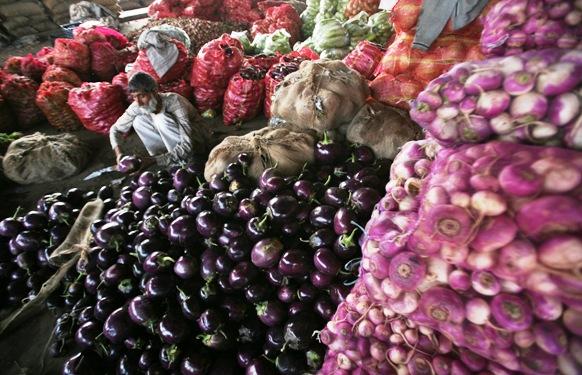
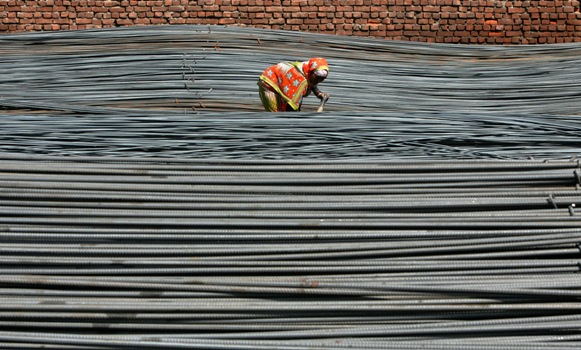
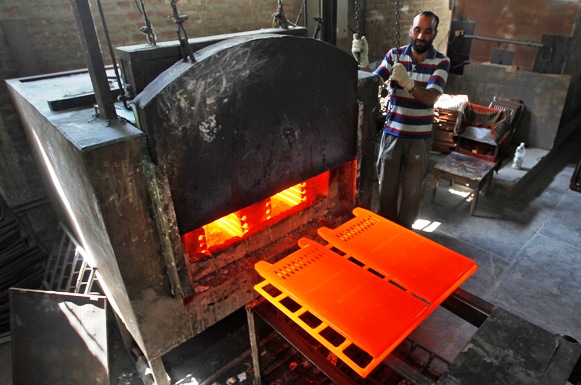
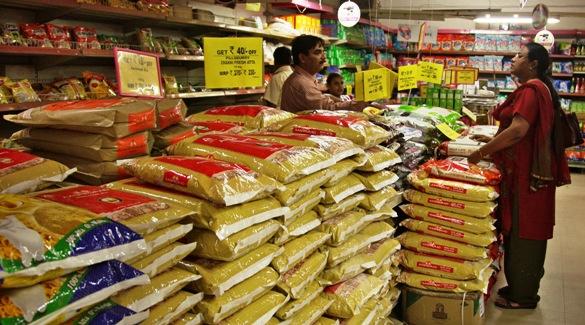
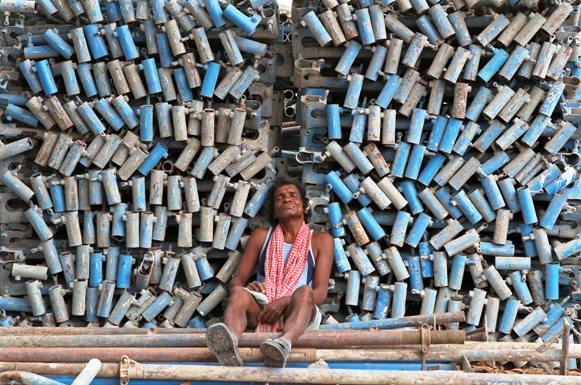

article